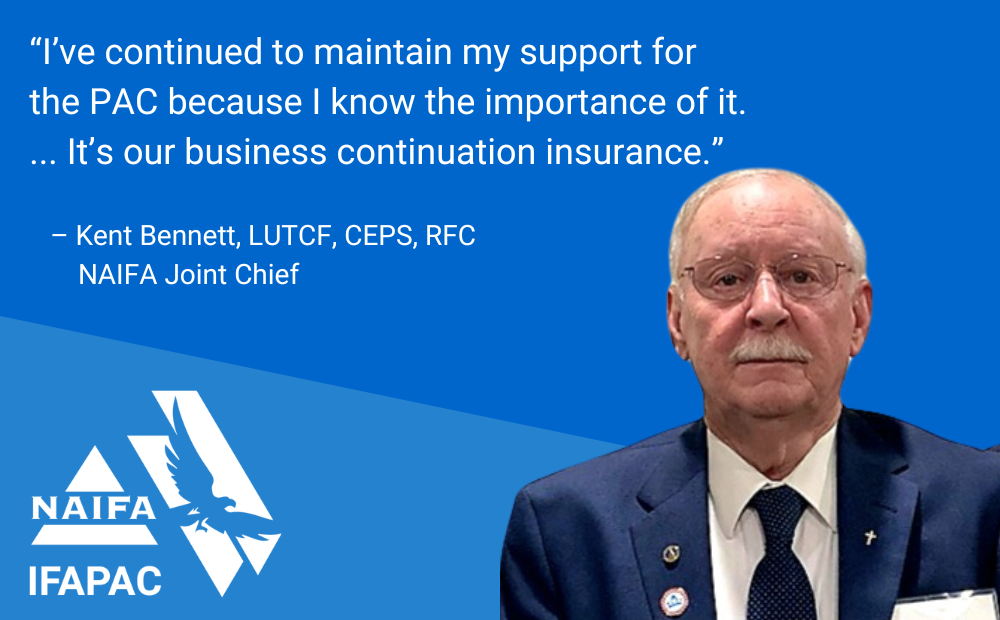In many organizations, employees go through their days assuming that their coworkers, and especially their bosses, don’t notice or appreciate all of the hard work that they do. If that’s the way they feel, employees won’t have any true motivation or dedication, and productivity will be mediocre at best.
In the midst of an already tough economy, this is the last thing you want for your organization. In a very real way, tapping into the spirit of Thanksgiving can tip the balance between success and growth and stagnation and failure.
If you’re a leader who wants to harness the power of thanks (or even an employee who wants to start a grassroots movement), read on for six how-to tips:
1. Always say “thank you.”
By taking a few seconds out of your day and saying thanks, you will improve someone’s mood, day, and productivity level. You’ll also be making yourself more approachable and likeable, and over time your team will begin to relate to you more positively. Actually, I have found that consistent and heartfelt recognition—when it is deserved, of course—is a better long-term motivator than money.
2. Take intent into account.
I often tried to show my employees just how much I appreciated them by sending high achievers to sports games, and highlighting various employees in company newsletters, planning company parties, etc. Although, there will always be someone who complains about something, you need to remember that some despite negative feedback you might receive, showing gratitude is always the right thing and most of those who did not complain probably loved your gesture.
3. Start being more open.
If you’re a leader, constructively tell your people how they can improve their performances. If you’re a team member, be proactive about asking your coworkers and boss how you’re doing and how you can get better. And no matter what your position is, learn how to receive constructive criticism.
Showing others that you care enough to either help them or to improve yourself is a form of gratitude, because you’re demonstrating that your team is worth the investment of your time, energy, and advice.
4. Learn to graciously accept thanks.
How you respond to appreciation is also important. If you brush off compliments or ignore expressions of gratitude even if it’s because you’d rather stay out of the spotlight, you’ll eventually stop hearing “thanks” and you’ll be discouraging the person complimenting you from complimenting others. Whenever someone thanks you or notices something positive about you, try to truly engage with him and let him know that his words have been meaningful.
5. Keep the gratitude going outside your organization.
Thank your customers or the people you serve for choosing your organization, and for trusting your team with their money, health, products, or publicity. This is something that many clients don’t hear; so when they do, their loyalty to your company is strengthened. You might also consider offering discounts, coupons, or promotions to show customer appreciation.
6. Use gratitude to reinforce stellar performances.
Using gratitude to shape your team’s habits and priorities can be every bit as valuable as training programs and industry conferences—and at a fraction of the time and cost.
Throughout my years of leadership, I became more and more amazed by just how strong the power of thanks really is. Gratitude is an amazing motivator; it strengthens employee and customer loyalty and can allow you to see a positive change in your company’s bottom line. And especially in today’s not-so-stellar economic environment, it’s extra important to give your team something to be positive about and thankful for.
By Todd Patkin
Todd Patkin is the author of Finding Happiness: One Man’s Quest to Beat Depression and Anxiety and—Finally—Let the Sunshine In.








.png?width=300&height=300&name=CC%202025%20Ad%20(300%20x%20300%20px).png)
.png?width=300&height=600&name=Tax%20Talk%20Graphic%20-%20email%20tower%20(300%20x%20600%20px).png)



.png?width=300&name=NAIFA-FSP-LH%20with%20tagline%20-%20AT%20blog%20email%20ad%20(300%20x%20250%20px).png)
.png?width=728&height=89&name=2024%20Congressional%20Conference%20(728%20x%2089%20px).png)
